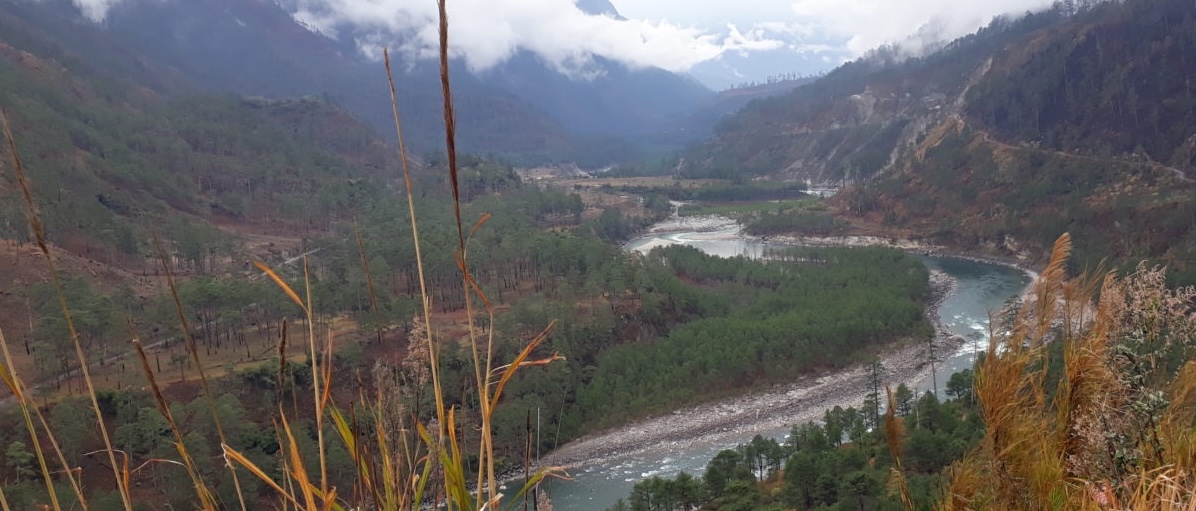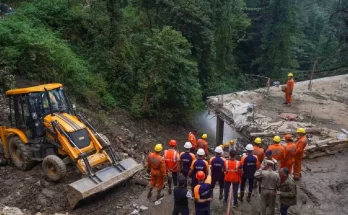India’s tiger numbers may cross 3000 as Project Tiger turns 50. But man-animal conflict and infrastructure projects continue to threaten conservation efforts

Jairam Ramesh and Prakash Javadekar. (Credit: PTI)
At a mega event scheduled for Saturday, Prime Minister Narendra Modi is set to announce the tiger count for 2022. The event will be held in Mysuru, Karnataka, to commemorate 50 years of Project Tiger.
According to a 2018 estimate, there were 2,967 Royal Bengal tigers in the wild across India. The number is likely to cross 3,000 in the latest census, as the species have grown at a rate of 6% per annum over the last few years, according to experts.
In the Tiger Estimation report 2018, Madhya Pradesh topped the list of states with 526 tigers. Karnataka was a close second with 524 tigers. Uttarakhand had 412, Maharashtra 312 and Tamil Nadu had 264 tigers. Other states had less than 200 of the species.
However, despite strict legislation and proactive measures, tigers still remain a vulnerable lot. Since 2012, India has lost 1,155 tigers. Poaching, man-animal conflict, and infrastructure projects are the biggest threats to its conservation. Environmentalists have also accused the BJP-led government of diverting forest land for industrial projects.
Commenting on the elusive balance in the environment versus development debate, Congress leader and former Environment Minister Jairam Ramesh told News9 Plus, “There’s no magic formula. Tiger habitats are fragmented because of developmental projects. We have to look at these projects from the viewpoint of their impact. For example, the Ken-Betwa River Link Project could completely destroy the Panna Tiger Reserve (Madhya Pradesh). But there may be instances where there is a case for improving connectivity on roads going through the buffer areas of tiger reserves.”
Between 2018 and 2023, India diverted more than 88,903 hectares of forest land – equivalent to the cumulative area of Mumbai and Kolkata – for non-forestry purposes. The biggest chunk went into road construction (18,847 hectares), followed by 13,344 hectares for irrigation projects and 9449 hectares for transmission lines, the government said in the Rajya Sabha on Thursday.
Ramesh came down heavily on the government’s efforts at watering down the Forest (Conservation) Act, warning of a “very serious crisis” vis-a-vis the impact on tigers and other animals.
Recalling his stint as Environment Minister when he had introduced the concept of ‘Go areas’ and ‘No-go areas’ in tiger reserves, he added, “For example, a coal mine was being proposed near Tadoba (Maharashtra). I declared that as a No-go area, because that would have completely destroyed the ecosystem and their habitat.”
However, BJP leader and former Environment Minister Prakash Javadekar contradicts Ramesh’s view. “We have showed the world how to preserve tigers and do conservation effectively, ensuring development as well,” he countered.
To showcase his point, Javadekar cites the example of the highway connecting Nagpur and Jabalpur that passes through Pench and other tiger habitats. “Worried about the possibility of accidents killing tigers and other animals, a suggestion was made. After studying the travel habits of animals, we suggested flyovers and underpasses in certain areas. It involved heavy expenditure, but data has shown that more than 5,000 animals use those underpasses and flyovers,” he said.
Terming it as “the best model of ensuring development without losing our biodiversity”, Javadekar stated, “In Ken- Betwa as well, anywhere that the Modi government has taken up development projects, it is equally committed to protecting the environment and biodiversity. It is also a promise that we will evolve and use new technology.”
Pointing out efforts for increasing forest cover while ensuring land availability for roads and rail tracks, Javadekar asserted, “This ‘Ease of doing business’ is ease of ensuring progress along with more conservation. India’s ever- growing wildlife is the certification of last nine years that we are on the right track.”
Year-wise Tiger population in India
1972-1,827
1979-2,824
1984-4,005
1989-4,334
1993 -3,750
1997-3,639
2002-3,511
2006-1,411
2010-1,706
2014- 2,226
2018-2,967
Year-wise Tiger deaths in India
2012-88
2013 68
2014-78
2015 82
2016 121
2017-117
2018-101
2019-96
2020 106
2021-127
2022 121
2023-50 (Till February)
(This story first appeared on news9live.com on Apr 8, 2023 and can be read here.)



